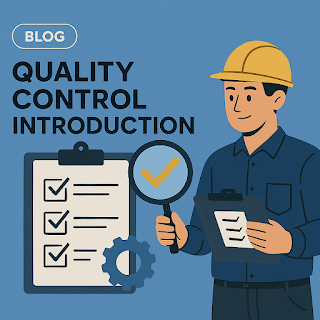"My First Encounter with Gas Chromatography"
I still remember the first time I came across the word Gas Chromatography. It sounded technical, complicated—even a little intimidating. But as I started learning about it, something unexpected happened: I got hooked.
It all began in
our lab during a routine quality check. One of my colleagues was setting up a
sleek-looking machine with tubes, a computer screen, and a long metallic
column. I asked, “What’s this for?”
“It’s GC,” he replied casually, “Gas Chromatography. We’re checking purity
levels.”
That moment
sparked my curiosity.
I spent the next
few days diving into YouTube videos, reading articles, and asking endless
questions. I discovered that GC is a powerful technique used to separate and
analyze compounds that can be vaporized. In simple terms, it helps us know what
is in a sample and how much of it is there.
What fascinated me
most was how the machine works—injecting a sample, heating it, and letting it
travel through a column with carrier gas. Different compounds come out at
different times (retention time), and the detector catches them like a referee
noting who finishes the race and when.
It felt like
science fiction—watching invisible compounds being tracked and identified with
such precision.
Soon, I was
assisting with actual GC tests. I learned to prep samples, calibrate the
system, and interpret peaks on the chromatogram. Every new graph felt like a
puzzle I wanted to solve.
Gas Chromatography
didn’t just teach me about chemicals—it taught me patience, observation, and
the thrill of discovery.
Now, every time I
hear the hiss of the gas or see those sharp peaks on screen, I smile.
Because what once felt scary is now one of the most fascinating tools I use in
my journey as a quality control chemist.




Comments
Post a Comment